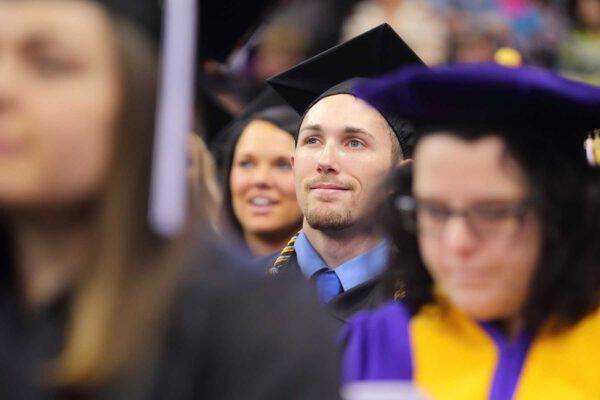College Board Releases 2017 Trends in Higher Education Reports
Title: Trends in College Pricing and Trends in Student Aid
Authors: Sandy Baum, Jennifer Ma, Matea Pender, and Meredith Welch
The College Board this week released its updated Trends in Higher Education reports for 2017. These annual reports provide updated data on college pricing and student aid.
Findings from Trends in College Pricing show that the net price students pay, after taking into account grant aid and tax credits and deductions, continues to rise across sectors.
According to the report, the average net price of tuition and fees and room and board in 2017-18 equaled $14,940 at public four-year institutions, and $26,740 at private nonprofit four-year institutions. For public two-year institutions, net price of tuition and fees and room and board was $8,070. For this sector, room and board equals housing and food costs for commuter students. The report also includes information on published tuition and fees, differences across states, enrollment patterns, institutional finances, public funding, and college affordability.
Findings from Trends in Student Aid show a decline in student borrowing for the sixth consecutive year. In 2016-17, undergraduate students received on average $14,400 per full-time equivalent (FTE) student in financial aid. Shifting to Pell Grants, the findings of the report show that total Pell expenditures declined from $35.8 billion in 2011-12 to $26.6 billion in 2016-17. A total of 32 percent of undergraduate students received Pell Grants in 2016-17, a decline from 38 percent in 2011-12. The report also includes data on borrowing, distribution of student aid, and student debt.
To read the full reports and explore the data, please see the College Board’s website.
If you have any questions or comments about this blog post, please contact us.

